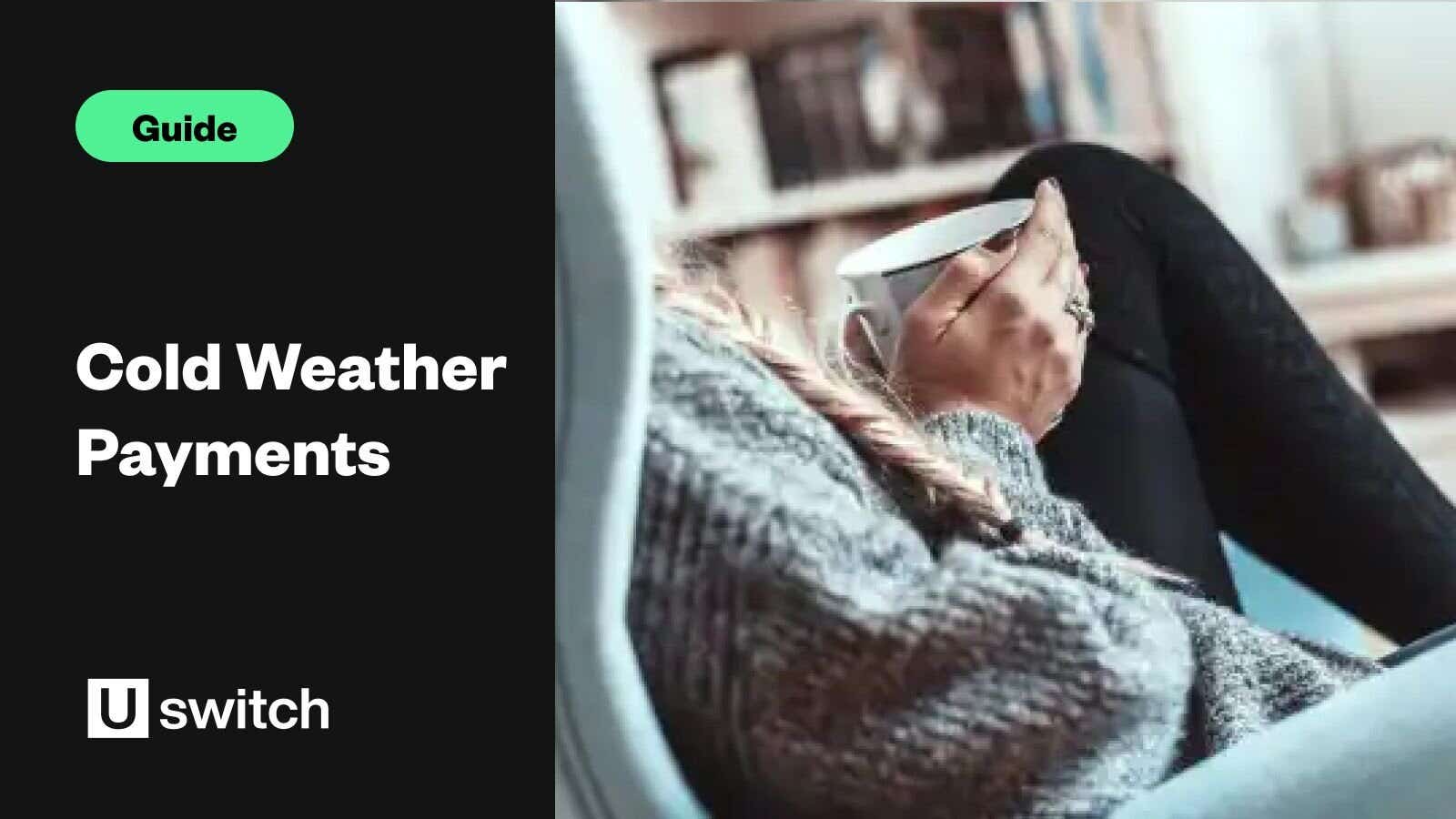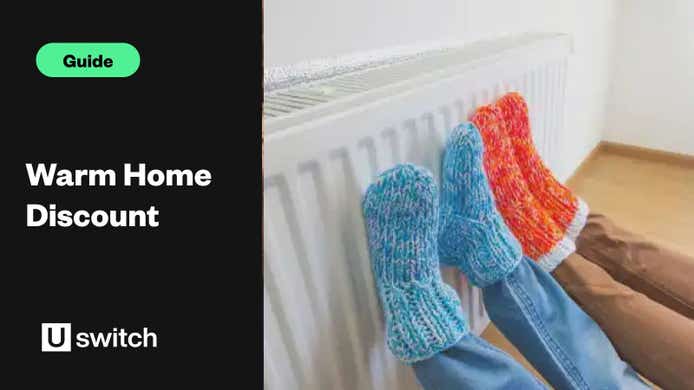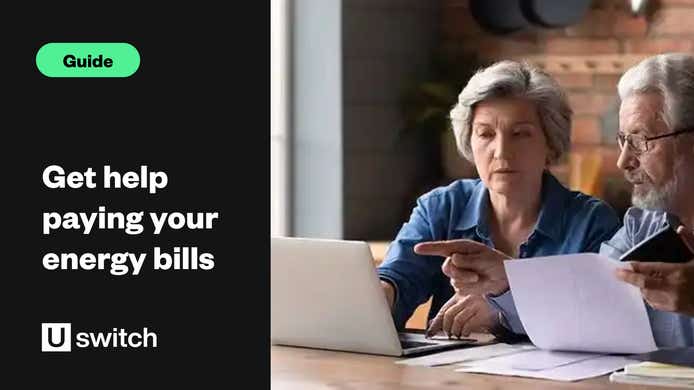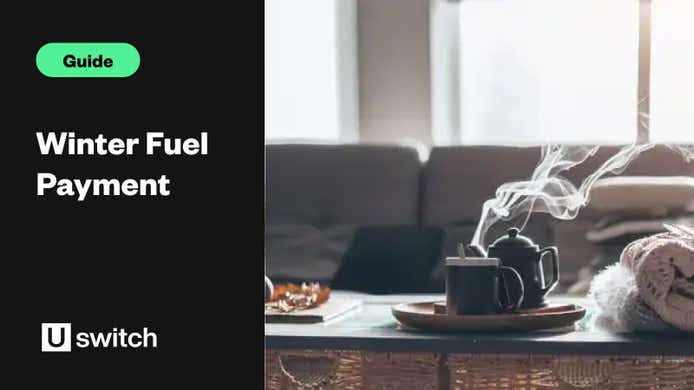For those who qualify, the Cold Weather Payment is a government grant given when the temperature drops below zero degrees Celsius for seven consecutive days. The scheme for the 2024-25 winter starts on 1 November 2024.
How does the Cold Weather Payment work?
The Cold Weather Payment applies from 1 November to 31 March annually. If, during these times, the temperature where you live is recorded or forecast to be zero degrees or below for seven consecutive days, those eligible will receive £25 for each seven-day period.
The Cold Weather Payment will not impact on any other benefits you receive, and you don’t need to repay it.
The payment will be received within 14 working days, paid directly into the bank account you already receive benefits to.
It's worth noting that Cold Weather Payment is different to, and can be claimed in addition to, the Winter Fuel Payment.
Do I qualify for Cold Weather Payment?
The cold weather grants may be available to you if you currently receive the following benefits:
- Pension Credit
- Income Support
- Income-based Jobseeker’s Allowance
- Income-related Employment and Support Allowance
- Universal Credit
- Support for Mortgage Interest.
To learn more about eligibility, visit the Government's dedicated Cold Weather Payment page.
Our interactive tool below can help you find out if you could be eligible for the Cold Weather Payment and other government schemes that can help with your energy bills:
How to claim Cold Weather Payments
One of the benefits of the Cold Weather Payment is you don’t need to claim. Like the Winter Fuel Payment, the Cold Weather Payment will be paid automatically to your account registered for benefits payments. You should be paid within 14 days of the end of the cold weather period.
If you believe you're eligible for the payment and haven't received it, contact your pension centre, Jobcentre Plus office or Universal Credit helpline.
Is there other assistance out there for those struggling with energy bills?
There are a range of other benefits that you may be eligible for — and tips that don't require eligibility at all.
The Winter Fuel Payment is a yearly one-off payment that you may be eligible for over winter, but it is not related to temperature. It is entirely separate from the Cold Weather Payment.
The Winter Fuel Payment is made each winter to certain qualifying households, including the elderly and those on certain forms of income support, to help pay for increased energy bills over the winter period.
You may also be entitled to the Warm Home Discount. The Warm Home Discount is a similar scheme that provides rebates on energy bills. Qualifying homes receive a £150 rebate on their electricity bills. The rebate comes in the form of a discount on existing energy bills rather than a cash payment.
Like the Cold Weather Payment, the Warm Home Discount is typically paid automatically with recipients receiving a letter confirming that the deduction will take place.
How else can I save on heating costs?
While there are plenty of grants and subsidies out there for households in need of help, you can still save money on your heating bills if you don't qualify.
The single easiest way to cut your household energy bill is to make sure your home retains more heat. Insulation starts with draught proofing, which is the cheapest way to save energy around the home. Just look for any areas around doors and windows that are letting in cold air, or even in chimney flues or letterboxes. Draught-proofing materials can be bought from any hardware store and are easy to install yourself. Read more about this in our insulation guides.
If you're considering taking extra measures to improve the insulation or energy efficiency in your home, it's worth checking if your home improvements would be covered by the government's Green Homes Grant.
Don't forget, you may also be able to save by switching. All you need is an energy bill. You can compare and switch online.




